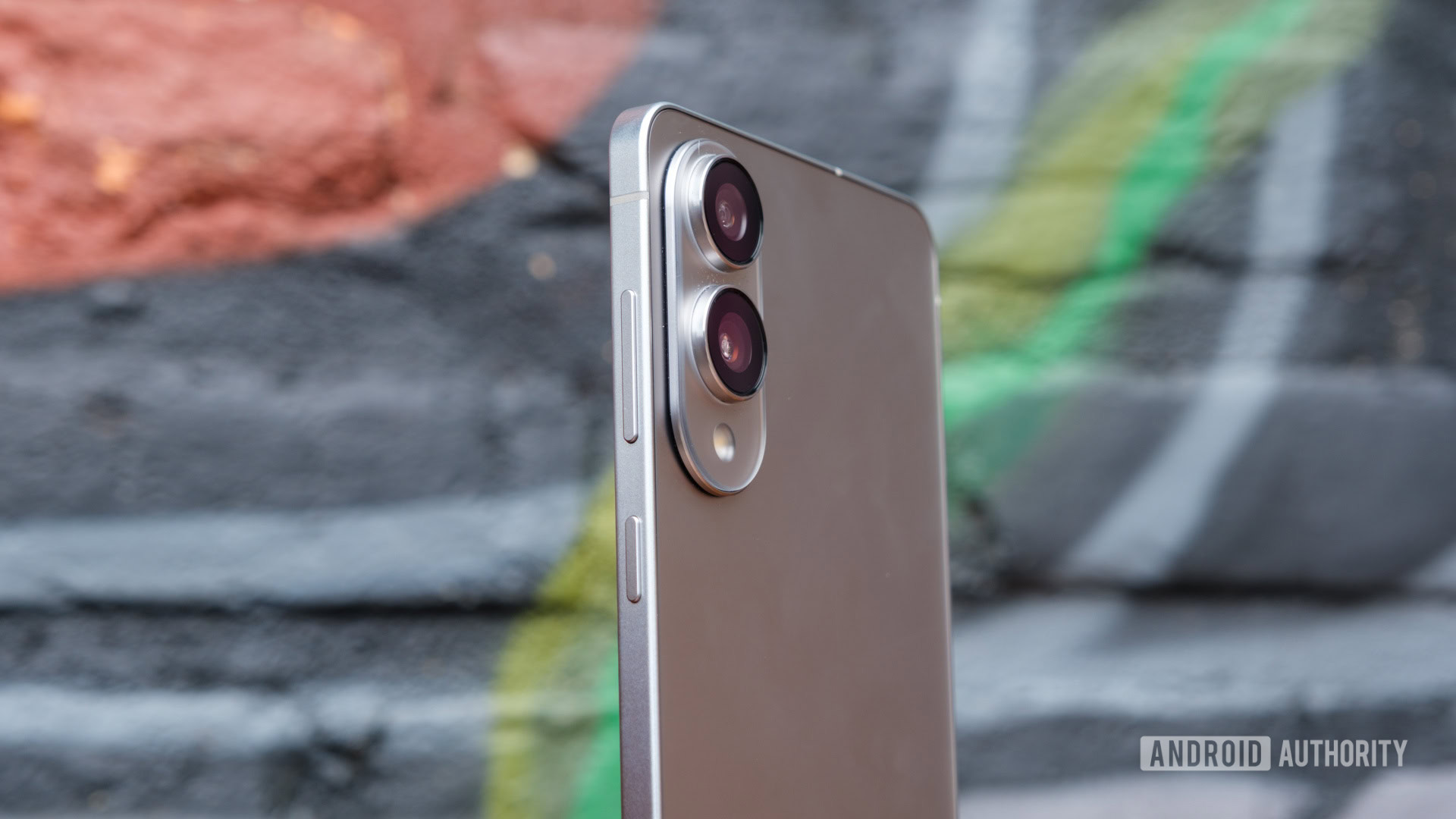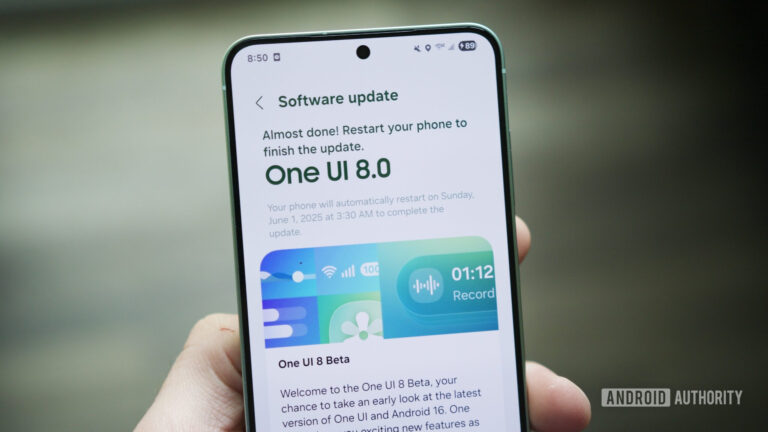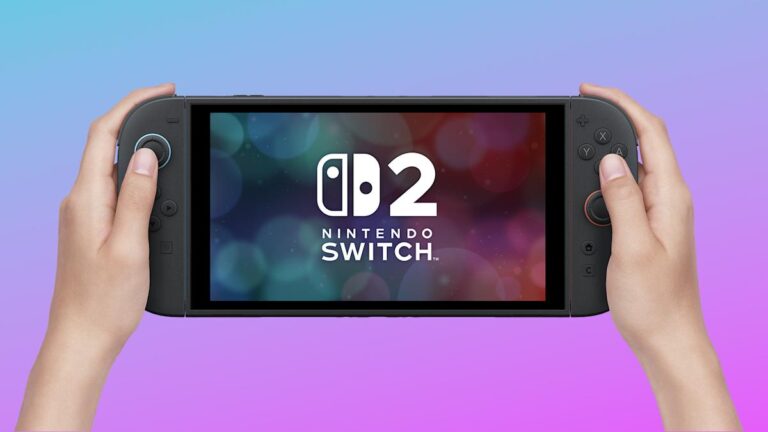Samsung tries to justify the Galaxy S25 Edge’s shortcomings
Samsung’s recently launched Galaxy S25 Edge is an impressive feat of engineering. At the same time, a few compromises had to be made to achieve its thin form factor. This has led to the handset becoming one of the most polarizing Android phones of this year. A new interview has now shed some light on why certain trade-offs were made.
Speaking with Tom’s Guide, Blake Gaiser, the director of smartphone product management at Samsung Electronics America, provided some insight into some the most controversial decisions Samsung made when developing the Edge. The executive also uses the interview as an opportunity to defend the device against its naysayers.
One of the biggest points of contention with the Edge is the battery, which has a capacity of 3,900mAh. For comparison, the base-level Galaxy S25 features a 4,000 mAh battery, while the larger Plus offers 4,900mAh. In response to this criticism, Gaiser mentions that he thinks customers only care about “all-day” battery life:
I think enough battery life for most customers is just an all-day usage. You don’t want to find yourself at lunch with an empty battery. And what we’ve seen with this device is that it has worked as well or better than the S24 base model and very close to the S25 base model.
And so as long as you can live with it from sun up to sun down without having any issues, we think that’s a great experience. And personally, I haven’t had much of an issue with the battery life whatsoever.
When asked why the company opted not to use a silicon carbide battery to get more capacity in the same amount of space, Gaiser stated:
Samsung’s always looking at every new emerging technology that’s out there. So it’s something that we’re definitely not keeping our eyes off of. But with that new chipset, with agentic AI helping with performance and efficiencies of these batteries, we really felt that going with our traditional lithium-ion battery was the right move for this device.
Samsung also made the decision not to include a dedicated telephoto lens in the Edge. While it’s not a necessary feature, it’s something that would’ve been nice to have. Gaiser’s answer for why the telephoto lens was skipped is related to how often people use that particular lens:
We are just so far ahead in our camera tech that people don’t really understand the quality of their photos that they’re getting. Not only is it things like optical zooms, but it’s also the agentic AI that we have built in, from the chipset up, utilizing cognitive-aware engines so that your camera understands what you’re taking photos of and is able to utilize AI to give you that perfect shot.
But when we’re looking at the usage of our cameras with our customers, we know a couple of things. We know that the most popular zooms that our customers use are the 0.6X to get those really wide macro views, the 1X, 2X and 3X.
Is it nice to have the 100X Space Zoom at times? Absolutely. Sure. But is it something that you’re going to use every day or even every month? When you’re doing side-by-side comparisons, I think customers are really going to see that you’re getting fantastic quality that meets or beats our competition.
It’s fair to say these answers feel somewhat lacking, especially for the battery question. But what’s done is done. Here’s to hoping Samsung will fix these flaws in the next iteration.






